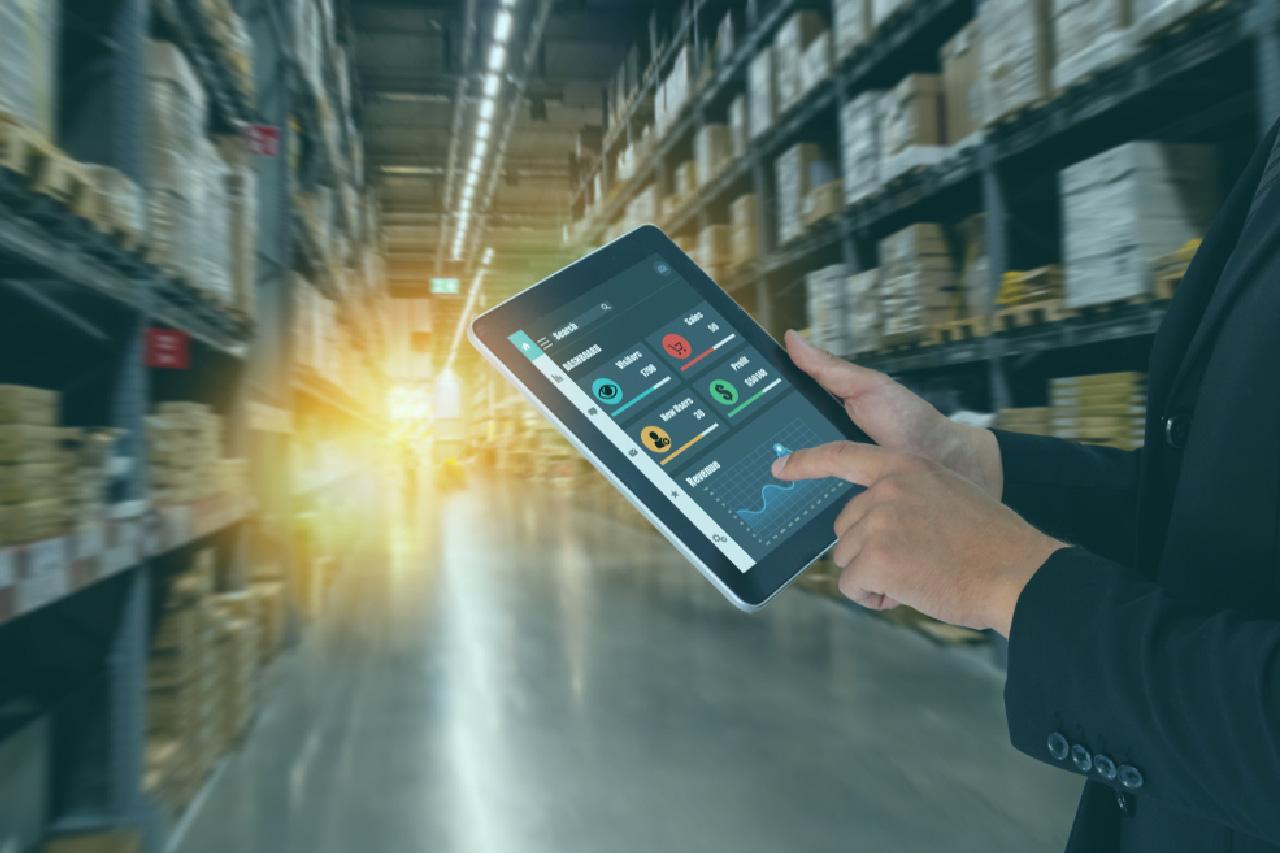It’s easier for people to recognize images, than for systems. Nevertheless, it is a very attractive challenge to help improve computer vision, as it brings a number of benefits.
Developments in computational vision make up one of the most promising branches of artificial intelligence (or AI). In fact, robotic process automation (RPA) and machine learning are the most commonly deployed AI applications to date. By the end of 2018, a McKinsey study found that amount the most “digitized” companies, 11% had computer vision applications embedded in multiple processes / functions / business units. 22% had them embedded in at least one function or business unit, and another 19% were running a pilot project.
Image Recognition
Computer vision has already been used in multiple vertical markets: for example, it’s transforming the way in which the automotive sector operates, along with retail, insurance, and medical care. By adding computer vision components into a product or service, suppliers can increase efficiency and reduce costs.
Among the specific applications that are being developed, we can highlight the following:
- Computer vision facilitates the operation of autonomous cars. These vehicles have computer vision systems, radar, and GPS to perceive the environment and determine the most convenient route, attending to different obstacles and signals. A well-known example is Tesla, who relies on this technology to operate their cars.
- Facial recognition is an identification technique already widely implemented for various authentication issues and for access control in airports and migrations. For example, due to security problems and credit card fraud, different retailers are exploring the option of using face recognition to replace a voucher’s signature.
- Computerized vision can facilitate the task of robots who extract products and order inventories in large warehouses (this has already been done by Amazon).
- Computerized vision can be used for repair and rescue operations in dangerous places, such as nuclear reactors and areas affected by forest fires. This technology allows robots to go to places too dangerous for people.
- Applications for product recognition and retail marketing
- Traffic technology, access control, and security (patent recognition, vehicle counting, etc)
- In medical image recognition and clinical diagnoses, computerized vision can make a preliminary diagnosis, and leave the most complex cases for expert radiologists.
Artificial intelligence in retail
Is it possible to implement artificial intelligence developments in retail, beyond just marketing? In retail, predictive models ae being developed to recognize products with computer vision and deep learning techniques. These initiatives have a huge impact, because of the large volume and speed by which new products enter the inventory of hypermarket chains.
In such a scenario, you can deploy a system that recognizes the product when you attach it to a camera, looking for it in a database almost in real time and then show the price to the customer. In this example, it would no longer be necessary to wait for someone to place the barcode on a scanner, but simply use your phone to scan / process goods.
Technology services
As you can see, there are already different classification image models; and there are plenty of commercial applications ready to be exploited. In addition, there is a productivity gain that can come from applying creativity to device new applications, with the field continuing to expand every day.
If you’re interested in learning more, you can click on this link to see a specific example of computational imaging applied to retail:

